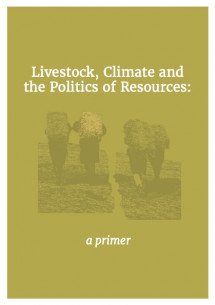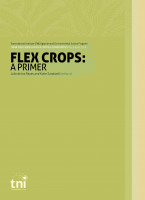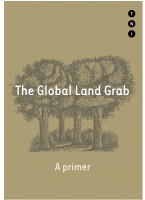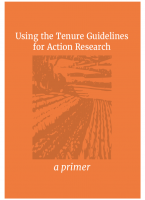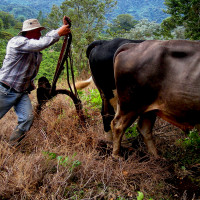What is pastoralism and why does it matter?
This primer focuses on one type of livestock-keeping: pastoralism. Pastoralism is a way of raising livestock that makes use of variable landscapes by moving animals and managing their grazing. It provides livelihoods for many millions of people and makes use of rangelands on every continent but Antarctica, across more than half the world’s land surface.
What are its defining features? First and most importantly: pastoralism makes use of variability. The rangeland environments where pastoralism thrives are extremely diverse, with rainfall and snowfall varying enormously between the seasons and from year to year. In many places, climate change is making weather even more erratic. Pastoralism uses traditional knowledge and practices to help animals and people live together in uncertain and unpredictable environments.
Secondly, pastoral animals’ grazing is managed through deliberate herding, enabled by close, caring interactions between humans and animals. For a healthy diet, grazing animals need to eat a balance of different plants. Herders help animals do this by letting them forage across environments that vary in altitude, moisture and type of vegetation. This usually requires moving animals, often seasonally. Herders’ skills and knowledge, plus animals’ training, lets animals make the best use of nutrients from mixed landscapes that vary dramatically over time.
Thirdly, pastoralism plays a critical role in protecting environments, sequestering carbon and enhancing biodiversity, while providing highly nutritious food for often marginalised people. Pastoralists make use of marginal lands that are often sparsely settled, so they often have a distinct cultural identity even if they interact closely with settled farmers and urban dwellers.
Pastoral systems are incredibly diverse. Some pastoralists are fully nomadic and permanently on the move. Others are semi- or permanently settled. Some move long distances between regions. Others move animals daily or seasonally in a smaller area. Some have very close relationships with farmers, either farming themselves (agro-pastoralists) or exchanging manure or animal products for access to land where animals can feed.

